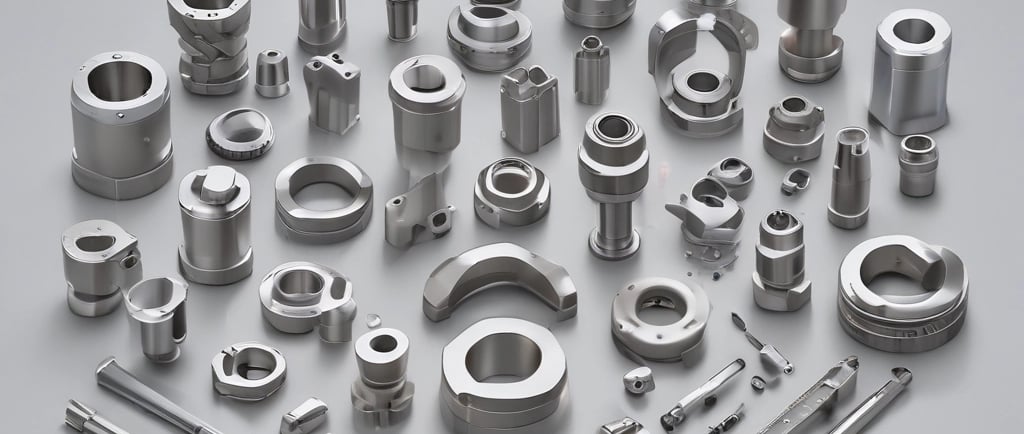Common Materials for Mechanical Processing Parts and Their Applications
3/21/20252 min read


Introduction to Mechanical Processing Materials
When it comes to mechanical processing, selecting the right materials is fundamental to ensuring the efficiency and durability of the components being produced. The choice of materials directly influences the performance of mechanical parts, leading to optimal functioning in various applications ranging from automotive to aerospace engineering. In this blog post, we will explore some of the most common materials used in mechanical processing and their specific applications.
Metals: The Backbone of Mechanical Parts
Metals are among the primary materials used in mechanical processing due to their strength and durability. They can be divided into two main categories: ferrous and non-ferrous metals. Ferrous metals, such as steel and iron, are known for their high tensile strength, making them suitable for structural components and tools. Non-ferrous metals, like aluminum and copper, offer excellent resistance to corrosion and are often utilized in applications where weight reduction is critical.
For instance, aluminum is widely used in the manufacture of components in the aerospace industry due to its lightweight properties, while stainless steel is preferred in the medical field for its resistance to rust and easy sterilization. Each metal has unique properties that make it suitable for different mechanical applications, tailoring each part's performance and longevity.
Plastics: Versatile and Lightweight Options
Plastics have become increasingly popular in mechanical processing due to their versatility and lightweight nature. Materials such as polycarbonate, nylon, and polypropylene are commonly used in part fabrication. These materials offer various advantageous properties, such as resistance to chemicals, low friction coefficients, and the ability to be molded into complex shapes.
For example, polycarbonate is frequently used in producing optical components and safety gear due to its impact resistance. Nylon, on the other hand, is often found in machinery components and gears, offering low noise and efficient operation. The adaptability of plastics allows manufacturers to create lightweight, cost-effective parts that meet specific requirements across different industries.
Composites: Strength and Lightweighting Combined
In recent years, composite materials have emerged as a popular choice for mechanical processing. These materials are made from two or more constituent materials, which when combined, produce superior properties compared to individual components. Fiber-reinforced polymers (FRPs) are a prime example, integrating materials like glass or carbon fibers with resin to create lightweight yet robust components.
The automotive and aerospace industries have significantly benefited from the use of composites, enabling the production of parts that are both strong and lightweight. Their exceptional strength-to-weight ratios have also made them a popular choice for sports equipment and medical devices. Composites continue to expand their footprint in mechanical processing, proving to be versatile for various applications.
Conclusion
Choosing the right materials for mechanical processing parts is critical for the success of any engineering project. By understanding the strengths and applications of metals, plastics, and composites, manufacturers can make informed decisions that lead to improved performance and efficiency. As technology advances, we can expect to see further innovations in material science, pushing the boundaries of what is possible in mechanical processing.
